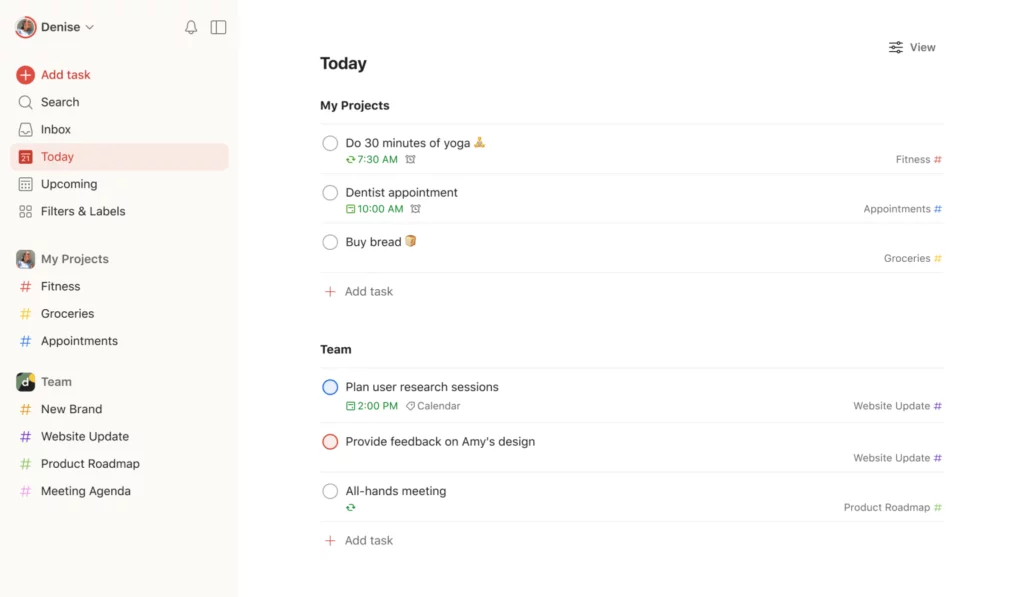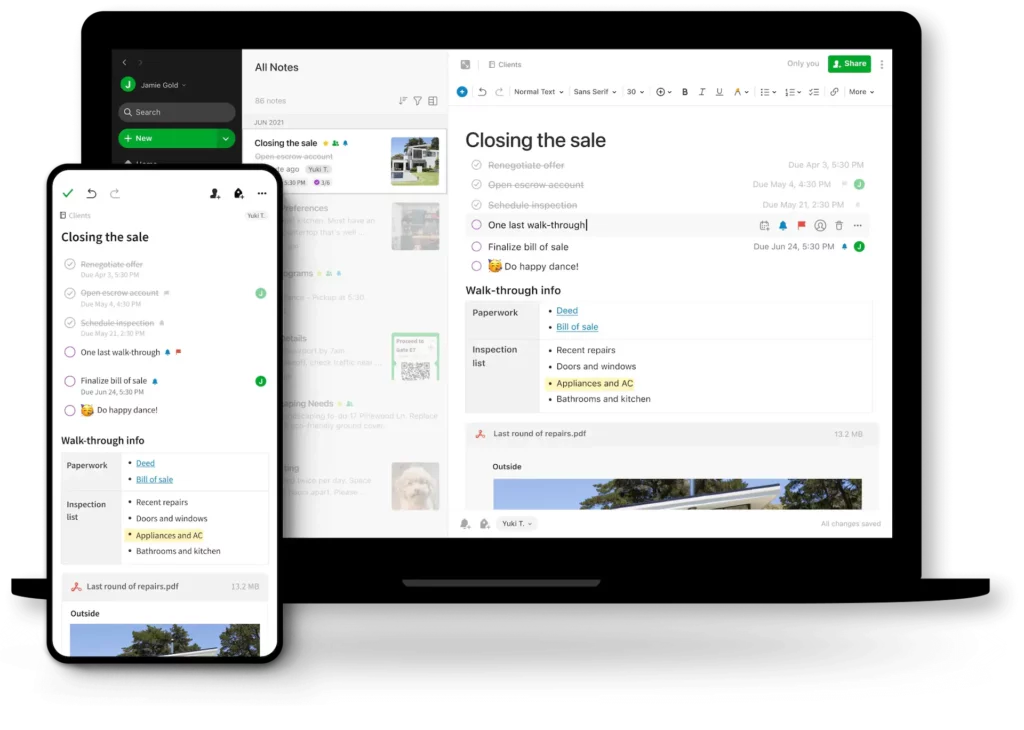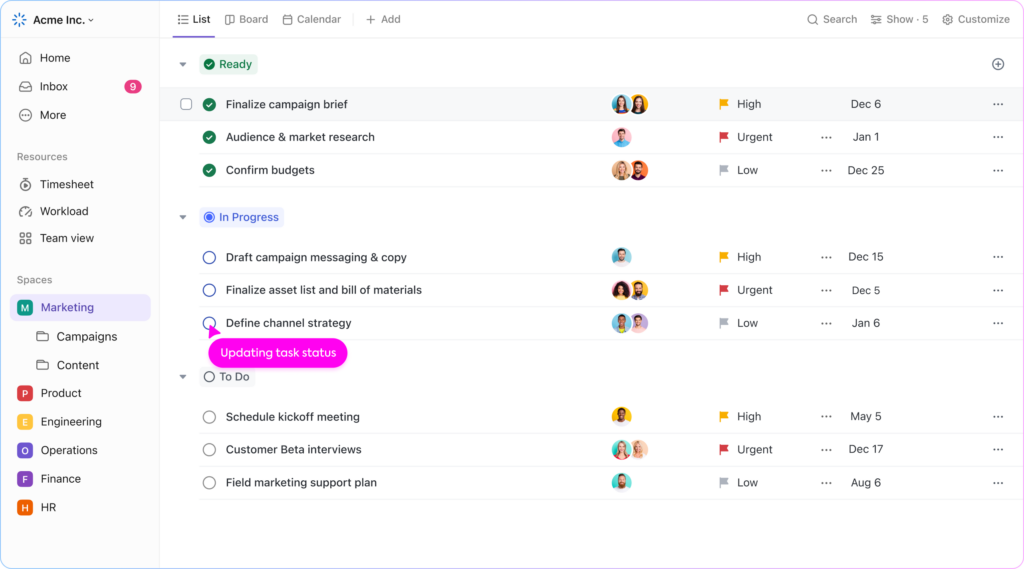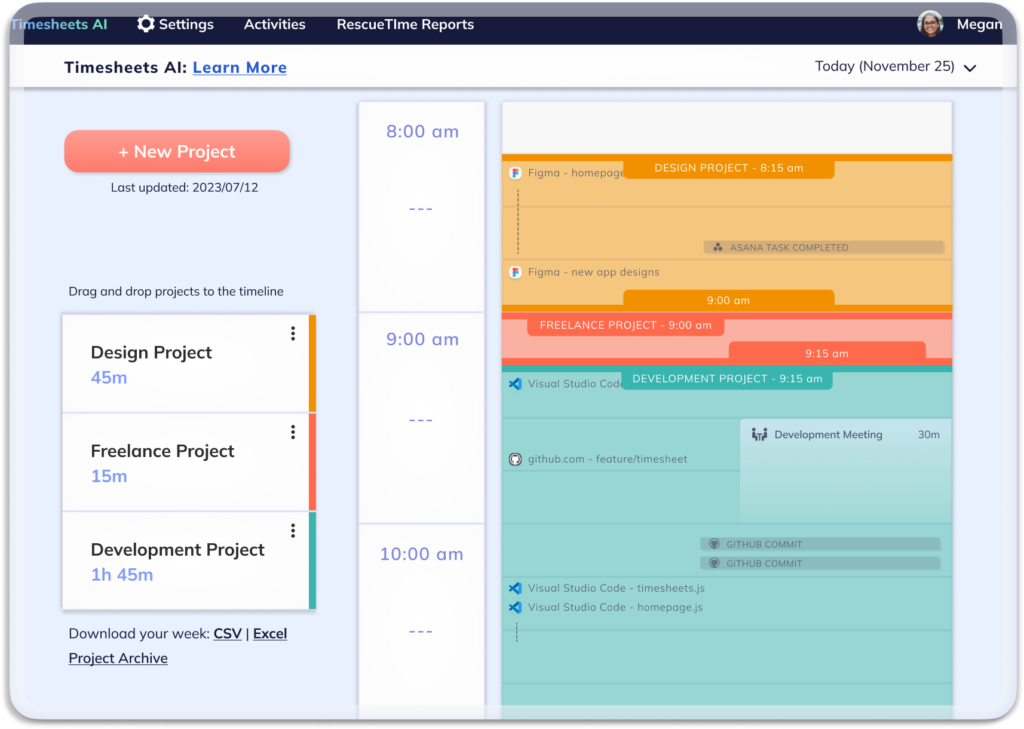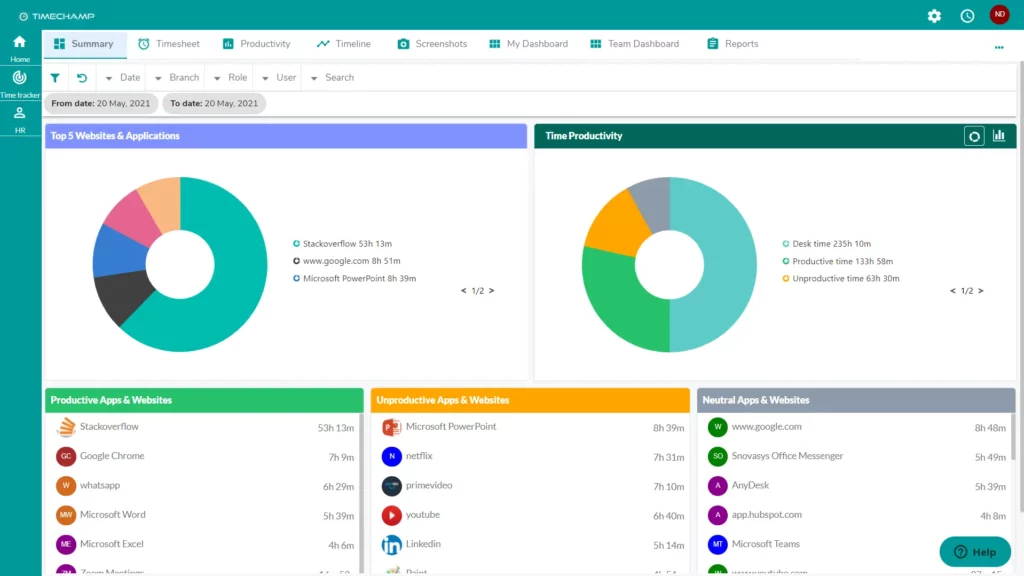As a manager, one of your key responsibilities is balancing the needs of your team with the requirements of the business. This includes managing time-off requests, which can sometimes be challenging. Rejecting an employee’s time-off request, while necessary in certain situations, requires a tactful, fair, and legal approach. This article outlines the best practices for handling such situations.
Understanding the Grounds for Rejection
Before delving into the process of rejection, it’s crucial to understand the valid reasons for denying a time-off request. These include:
- Business Needs: High workload periods, or situations where an employee’s absence would significantly impact operations.
- Staffing Levels: Insufficient coverage due to overlapping requests or staff shortages.
- Policy Adherence: Requests that violate company policies, such as blackout periods or insufficient notice.
Legal Considerations
Ensure your decisions comply with employment laws and company policies. This includes understanding the rights of employees regarding vacation, sick leave, and family emergencies under local and national laws. Avoid discriminatory practices and ensure consistency in how requests are handled.
Communicating the Decision
Effective communication is key to handling these situations professionally:
- Timeliness: Respond to requests promptly. Delayed responses can create uncertainty and frustration.
- Clarity: Clearly state the reason for the day off rejection, linking it to business needs or policy.
- Empathy: Acknowledge the disappointment your decision might cause. Show understanding and appreciation for their work-life balance needs.
Offering Alternatives
When rejecting a request, try to offer alternatives. This could include suggesting different dates for the time off or proposing a partial approval (e.g., approving a few days instead of a full week).
Documentation
Maintain records of all time-off requests and the reasons for approval or rejection. This helps in ensuring fairness and transparency and can be useful for auditing and legal purposes.
Reviewing Company Policies
Regularly review your time-off policies to ensure they are fair, clear, and meet business and employee needs. Consider peak times, and how flexible your policies can be to accommodate both parties.
Training and Support
Provide training for all managers on how to handle time-off requests fairly and effectively. This should include legal training, communication skills, and empathy training.
Example 1: Straightforward Rejection Due to Business Needs
Subject: Response to Your Time-Off Request
Dear [Employee’s Name],
I hope this message finds you well. I am writing in response to your request for time off from [start date] to [end date].
After careful consideration and review of our team’s schedule and workload during the requested period, I regret to inform you that I am unable to approve your time-off request at this time. The dates you have requested coincide with a critical period for our team, specifically [mention specific project, event, or busy season], and your presence and contributions will be crucial.
I understand that this may be disappointing, and I want to assure you that this decision was not made lightly. I fully recognize the importance of work-life balance and taking time off for personal wellbeing. However, the needs of the business must take priority in this instance.
I encourage you to consider requesting time off during a less busy period, and I will do my best to accommodate your next request. Please feel free to discuss any concerns or alternative dates with me. Your hard work and dedication to the team are greatly appreciated, and I am committed to supporting your needs as much as possible within our business constraints.
Thank you for your understanding and cooperation.
Best regards,
[Your Name]
[Your Position]
Example 2: Offering an Alternative Suggestion
Subject: Alternative Suggestion for Your Time-Off Request
Dear [Employee’s Name],
Thank you for submitting your request for time off from [start date] to [end date]. I have reviewed our team’s schedule and workload during this period and would like to discuss your request further.
While I understand the importance of taking time off for personal reasons, the dates you have requested are during a particularly busy time for our team, due to [mention specific project, event, or busy season]. This makes it challenging to approve the full duration of your requested time off.
However, I would like to propose an alternative. Would it be possible for you to consider taking time off from [alternative start date] to [alternative end date]? I believe these dates could work better with our team’s schedule, and I am hopeful that this could be a suitable compromise.
I am open to discussing this further and exploring other potential dates if the suggested alternative does not suit your plans. Your wellbeing and job satisfaction are important, and I am keen to find a solution that works for both you and the team.
Please let me know your thoughts on this suggestion or any other dates you may have in mind.
Thank you for your understanding and flexibility.
Best regards,
[Your Name]
[Your Position]
Example 3: Balanced Rejection with Understanding and Future Planning
Subject: Your Recent Time-Off Request – Let’s Discuss Further
Dear [Employee’s Name],
I hope you are doing well. I’m writing regarding your recent request for time off from [start date] to [end date].
Firstly, I want to express my appreciation for the hard work you’ve been putting into [mention any recent project or task the employee has been working on]. It’s efforts like yours that contribute significantly to our team’s success.
Regarding your time-off request, I’ve reviewed our current project timelines and team coverage for the requested period. Unfortunately, due to [specific reason, such as a major project deadline or peak operational period], I find myself in a difficult position of not being able to approve the request for these specific dates. Your role is integral to our team’s efforts during this period, and your presence will be greatly valued.
I recognize the importance of time off for personal rejuvenation and work-life balance. Therefore, I’d like to work with you to find an alternative solution. If possible, could we consider shifting your time off to [suggest alternative dates]? I believe these dates could align better with our team’s workload while still offering you the break you deserve.
If these alternative dates are not feasible for you, I am more than willing to discuss and explore other possible periods. Your wellbeing is a priority, and I am committed to finding a solution that accommodates both your needs and those of our team.
Please let me know a convenient time for us to have a brief meeting or call to discuss this further. Your understanding and flexibility in this matter are deeply appreciated, and I am hopeful we can find a suitable arrangement.
Thank you for your continued dedication and understanding. Looking forward to our conversation.
Warm regards,
[Your Name]
[Your Position]
Frequently Asked Questions (FAQ)
What are some valid reasons for rejecting a time-off request?
Valid reasons for denying a time-off request generally fall under business or operational needs. These can include high-demand periods, overlapping requests from other team members that would leave critical gaps in coverage, important project deadlines, or noncompliance with company policies such as blackout periods or insufficient notice. It’s crucial, however, that the rejection is always based on objective and consistent criteria rather than personal bias or preference.
How can a manager reject a time-off request without damaging employee morale?
The key to maintaining morale lies in communication and empathy. When rejecting a request, explain the reason clearly and connect it to the organization’s operational needs, not the individual’s value. Acknowledge the employee’s efforts and express understanding of their desire for time off. Offering alternatives, such as different dates or partial approval, also shows that you respect their personal needs while balancing business requirements.
Should managers always provide an explanation for rejecting a time-off request?
Yes, transparency builds trust. Providing a clear, factual reason helps the employee understand the decision and prevents misinterpretations of favoritism or unfairness. The explanation should be professional, brief, and linked directly to business or policy-based reasons. Avoid personal justifications or emotional reasoning that could complicate the situation.
How can managers ensure fairness when multiple employees request time off at the same time?
To ensure fairness, managers should rely on clear, written policies and objective criteria, such as seniority, rotation systems, or first-come-first-served rules. Transparency about how decisions are made can prevent resentment among team members. Managers can also encourage early vacation planning to minimize conflicts during busy periods.
What steps can be taken if an employee feels their time-off request was unfairly denied?
Employees who believe their request was unfairly handled should be encouraged to discuss the matter openly with their manager or HR department. Managers should be receptive and willing to review the situation objectively. Maintaining clear documentation of the decision-making process can help demonstrate fairness and protect both the manager and the organization from potential disputes.
How should managers handle last-minute time-off requests?
Last-minute requests can be challenging, but flexibility and understanding go a long way. Managers should assess the urgency and reason for the request, especially if it involves emergencies or personal crises. While business needs remain a priority, showing compassion and finding partial solutions (such as approving one or two days) can strengthen trust and loyalty within the team.
Is it acceptable to reject a time-off request during peak business periods?
Yes, it is reasonable and sometimes necessary to deny time-off requests during critical operational periods. However, managers should communicate these blackout dates well in advance, typically in company policy or yearly planning documents. Doing so ensures employees can plan their vacations or personal time around those busy seasons without feeling blindsided by a rejection.
What role does company policy play in handling time-off requests?
Company policy provides the framework for consistent and legally compliant decision-making. Policies should clearly outline how much notice employees must give, how overlapping requests are managed, and which periods are restricted for time off. Consistent application of these policies ensures fairness and reduces the risk of grievances or discrimination claims.
How can managers communicate rejections more empathetically?
Empathetic communication involves acknowledging the employee’s disappointment, expressing appreciation for their work, and offering support or flexibility where possible. Using phrases like “I understand this might be disappointing” or “I appreciate your understanding during this busy time” helps soften the impact. The tone should remain professional but compassionate, showing that the manager values the employee’s well-being.
Why is documentation important when rejecting a time-off request?
Documentation serves as a record of decisions and the rationale behind them. It helps ensure accountability, transparency, and legal protection for both the manager and the organization. In cases of disputes, grievances, or audits, well-maintained records can demonstrate that decisions were made fairly, consistently, and in alignment with company policy and labor laws.
How often should time-off policies be reviewed?
Time-off policies should be reviewed at least annually or whenever there are significant changes in business operations, workforce size, or labor laws. Regular reviews help ensure that policies remain fair, practical, and compliant with legal requirements. They also provide an opportunity to gather employee feedback and make improvements that support both organizational efficiency and employee satisfaction.
What if rejecting a time-off request causes employee dissatisfaction or burnout?
Managers should monitor the impact of such decisions and take proactive steps to support affected employees. This might include offering alternative rest periods, flexible scheduling, or additional wellness initiatives. Maintaining open communication and showing genuine concern can help rebuild trust and prevent morale from dropping after a difficult decision.
How can managers prepare to handle time-off requests more effectively?
Training is essential. Managers should be equipped with knowledge about employment laws, company policies, and effective communication techniques. Developing empathy, negotiation skills, and emotional intelligence helps managers balance business priorities with compassion. Additionally, using HR software to track requests and team schedules can streamline the process and reduce conflicts.
Can rejecting too many time-off requests impact team performance?
Absolutely. Frequent rejections without clear justification can lead to frustration, decreased morale, and even turnover. Employees who feel overworked or undervalued may experience burnout or disengagement. Managers must strike a balance, protecting business needs while ensuring employees have adequate opportunities to rest, recharge, and maintain a healthy work-life balance.
What should a manager do if they need to reject a request but want to maintain a positive relationship?
The best approach is open dialogue. Schedule a brief meeting or call to explain the situation personally rather than relying solely on email. Express appreciation for the employee’s understanding, explain the reasoning clearly, and offer to revisit the request at a later date. Demonstrating respect and personal attention goes a long way toward preserving a strong working relationship.
How can technology support the management of time-off requests?
Modern HR management systems can simplify time-off tracking, automate approvals, and provide visibility into team schedules. This reduces scheduling conflicts, improves fairness, and ensures data-driven decision-making. These tools also help managers anticipate peak workload periods, plan resources better, and handle requests in a transparent and efficient manner.
What legal risks can arise from improperly rejecting time-off requests?
Improperly handled rejections can expose an organization to claims of discrimination, retaliation, or policy inconsistency. For example, denying leave for medical or family emergencies could violate labor laws such as the Family and Medical Leave Act (FMLA) in some regions. Ensuring decisions comply with employment regulations and maintaining consistency across all employees minimizes these risks.
Why is empathy such a critical skill in rejecting time-off requests?
Empathy transforms what could be a negative experience into a respectful, understanding interaction. When managers demonstrate genuine concern for an employee’s needs, even when they can’t approve the request, it strengthens trust, loyalty, and team cohesion. Empathetic leadership helps employees feel valued, making them more likely to accept difficult decisions gracefully.
How can organizations promote a culture that balances business needs and employee well-being?
Organizations can achieve this balance by building transparent policies, offering flexible work arrangements, and encouraging open communication about time-off planning. Leadership should model healthy work-life balance behaviors and promote mental health initiatives. When employees see that their organization genuinely values their well-being, they become more engaged, productive, and committed to their roles.
Conclusion
Rejecting an employee’s time-off request is a sensitive task that requires a careful balance between business needs and employee rights. By understanding the valid grounds for rejection, communicating effectively, offering alternatives, and ensuring legal compliance, managers can handle these situations in a way that maintains trust and respect in the workplace. Remember, the goal is to manage these requests in a way that supports both the employee’s well-being and the organization’s objectives.

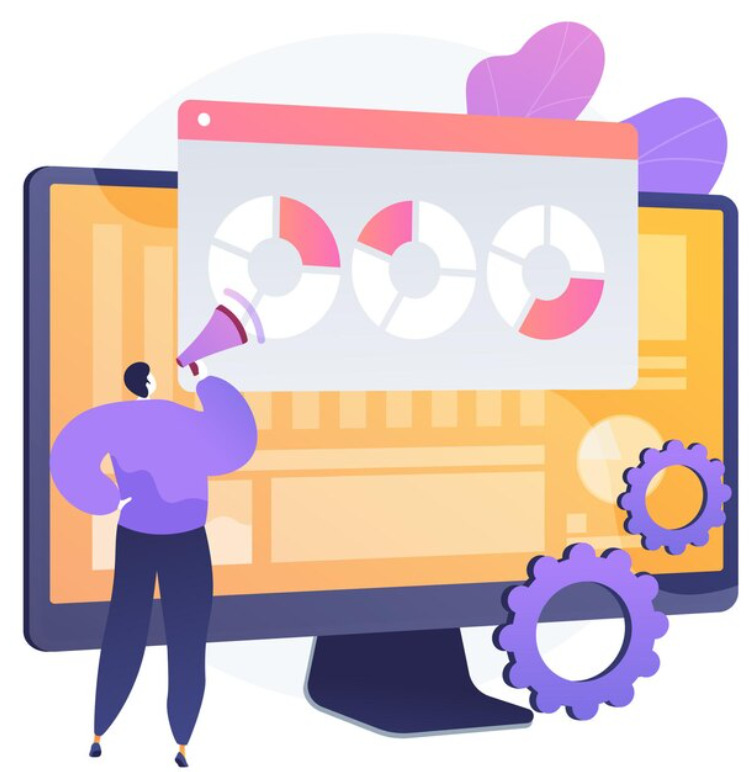



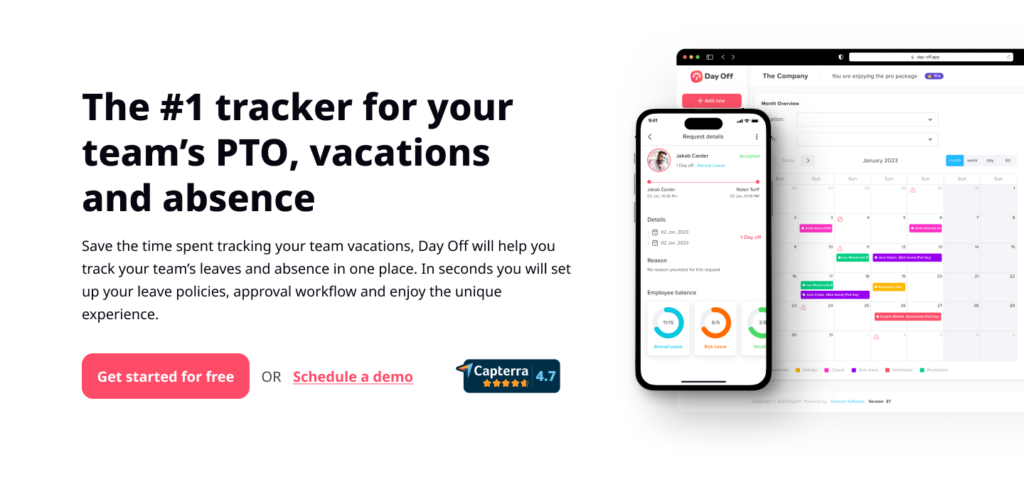


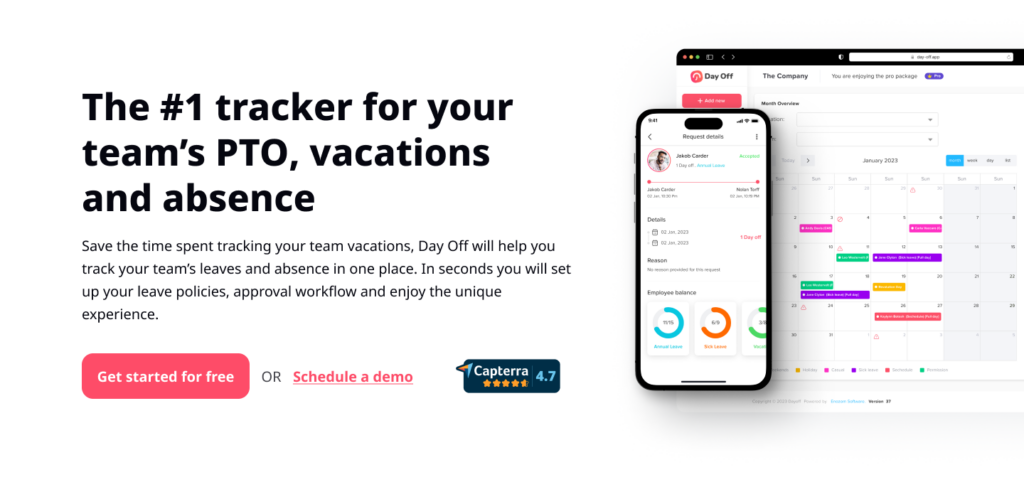


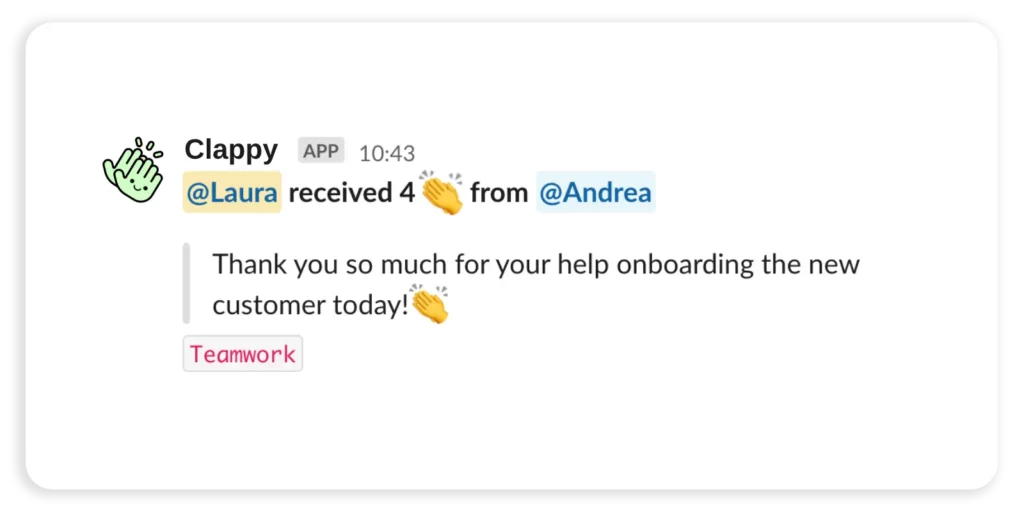


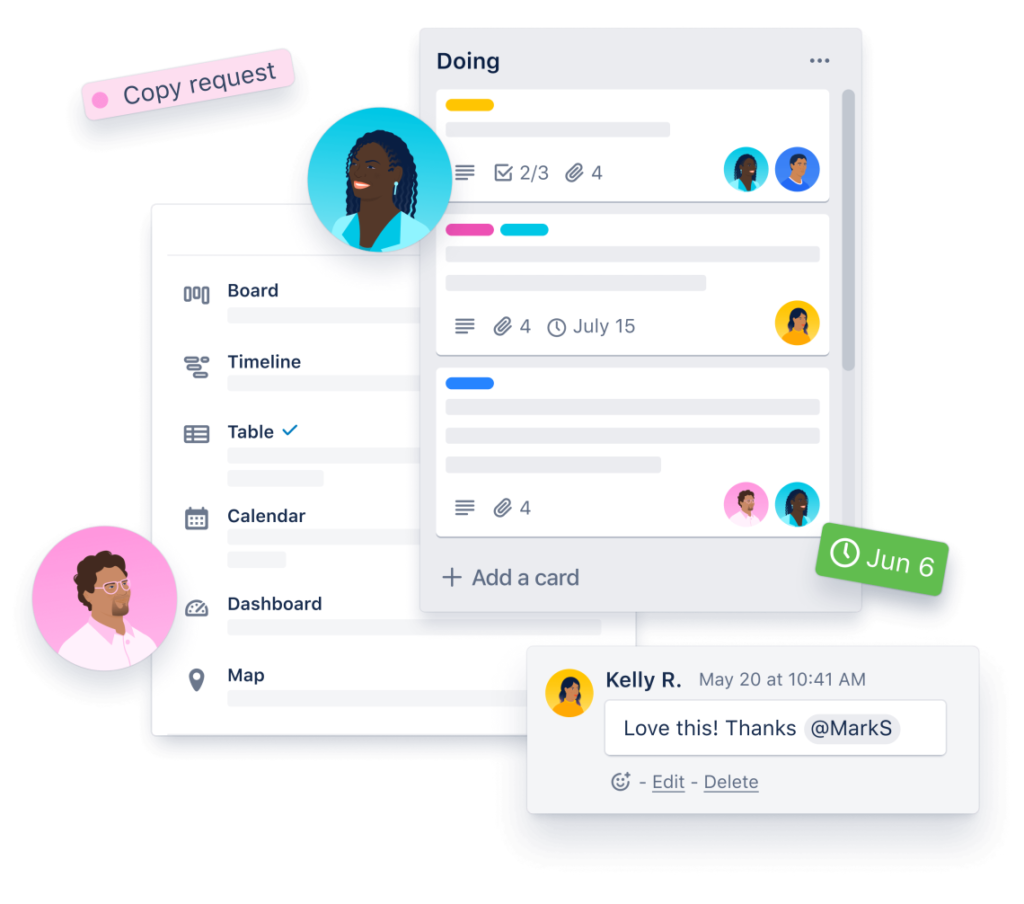
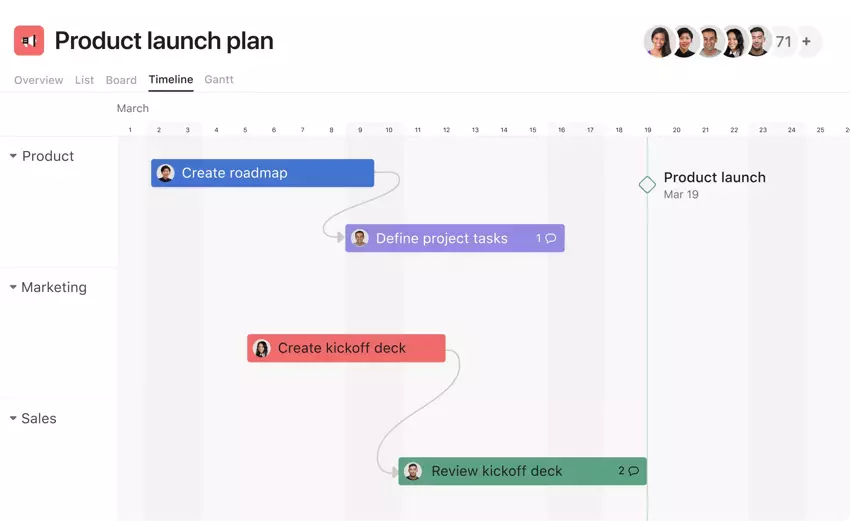 Asana
Asana
